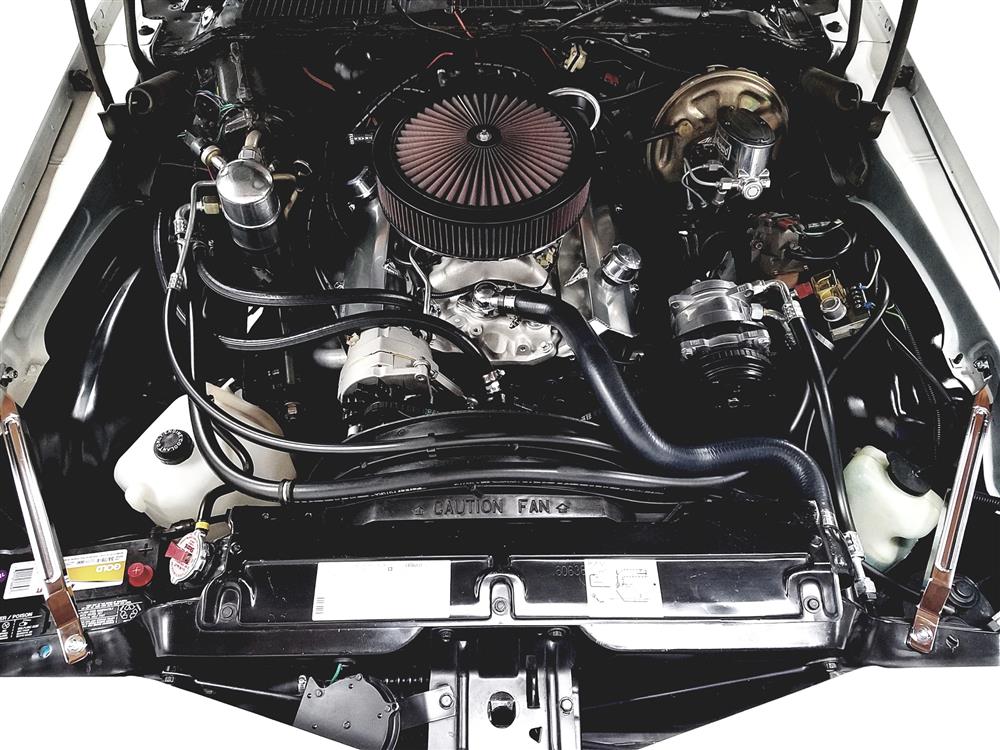A well-functioning car air conditioning system is a lifesaver during those scorching summer days, but have you ever wondered how this cooling miracle occurs? Original Air takes you on a journey, providing a detailed analysis of how the air conditioning system works, with a specific focus on the essential role of refrigerant in your vehicle's cooling system.
Car AC 101: Understanding the Role of Refrigerant in Your Vehicle's Cooling System
At the core of any vehicle's air conditioning system lies a special substance known as the refrigerant. This chemical compound plays the indispensable role of absorbing heat from the vehicle's cabin and expelling it outside, thus keeping the interior cool and comfortable.
Understanding the air conditioning system in your vehicle requires a look into its internal mechanics. The system comprises various components, including the compressor, condenser, expansion valve, and evaporator, with refrigerant being the fluid that flows through these parts. Each component plays a crucial role in the cooling process.
The Role of the Compressor - The compressor, often referred to as the heart of the air conditioning system, is responsible for pumping refrigerant through the system. It compresses the refrigerant, raising its pressure and temperature, and pushes it towards the condenser.
The Condenser's Function - The condenser's function is akin to a radiator, and it's usually located near the front grill of your vehicle, allowing it to cool off with the incoming air. As the hot refrigerant from the compressor enters the condenser, it releases its heat to the cooler ambient air, condensing into a high-pressure liquid.
The Role of the Expansion Valve - Next in line is the expansion valve, which acts as a restrictor, rapidly decreasing the pressure on the refrigerant, causing it to cool significantly. It's at this stage that the refrigerant turns into a low-pressure, cold liquid-vapor mix.
The Evaporator and its Significance - The cold refrigerant then proceeds to the evaporator, located inside the cabin. As the cabin air blows over the evaporator's cold surface, the refrigerant absorbs the heat, cooling the air. The refrigerant then goes back to the compressor, and the cycle repeats.
Different Types of Refrigerants and Their Evolution
There are various types of refrigerants, and their use has evolved over the years due to environmental concerns and technological advancements.
R-12 Refrigerant
R-12, commonly known as Freon, was the first mainstream refrigerant. However, it was discovered that R-12 was harmful to the ozone layer, leading to its phase-out in the 1990s.
R-134a Refrigerant
R-134a replaced R-12 and is still widely used today. It is much safer for the environment, but it's not as efficient as R-12, leading to the search for more efficient refrigerants.
R-1234yf Refrigerant
R-1234yf is the latest refrigerant on the market. It offers superior cooling capabilities and has a much lower environmental impact than its predecessors. However, it's more expensive, causing some manufacturers to hesitate in adopting it.
The Importance of Proper Refrigerant Levels
Having the correct amount of refrigerant is essential for your car AC's optimal performance. If the levels are too low, the AC system will not cool effectively. On the other hand, an overcharged system can lead to component damage.
Checking and Recharging the Refrigerant
If your AC isn't cooling as effectively as it should, the refrigerant might be low. Most auto parts stores sell recharging kits that can replenish the refrigerant. However, if you're unfamiliar with the process, it's best to consult a professional.
The Environmental Impact of Refrigerants
While refrigerants make our rides comfortable, they can have significant environmental impacts if not properly managed. Leaks can release these substances into the atmosphere, contributing to global warming. Therefore, ensuring your AC system is leak-free is not only important for your comfort but also for the environment.
FAQs
What role does refrigerant play in a car's AC system?
The refrigerant in a car's AC system absorbs heat from the cabin and expels it outside, thus cooling the interior of the vehicle.
What are the key components of a car's AC system?
The key components of a car's AC system are the compressor, condenser, expansion valve, evaporator, and refrigerant. At Original Air, we keep these components in stock for classic cars from the 60s to early 90s.
What are the different types of refrigerants?
There are several types of refrigerants, including R-12 (Freon), R-134a, and R-1234yf, with each having its advantages and disadvantages.
How often should the refrigerant be checked or replaced?
While there isn't a fixed schedule for checking or replacing the refrigerant, it's recommended to do so whenever you feel your AC isn't cooling effectively.
How does refrigerant impact the environment?
Refrigerants can contribute to global warming if they leak into the atmosphere. Therefore, maintaining a leak-free AC system is crucial for environmental preservation.
Can I recharge the refrigerant myself?
Yes, you can recharge the refrigerant yourself using a recharging kit. However, if you're not comfortable doing so, it's recommended to consult a professional.
Understanding the role of refrigerant in your car's AC system is key to ensuring a comfortable ride, particularly during hot weather. Proper maintenance of the refrigerant level not only ensures optimal performance but also minimizes environmental impact. When in doubt, giving Original Air a call can prevent potential damage and ensure your vehicle's AC system stays in top condition.

